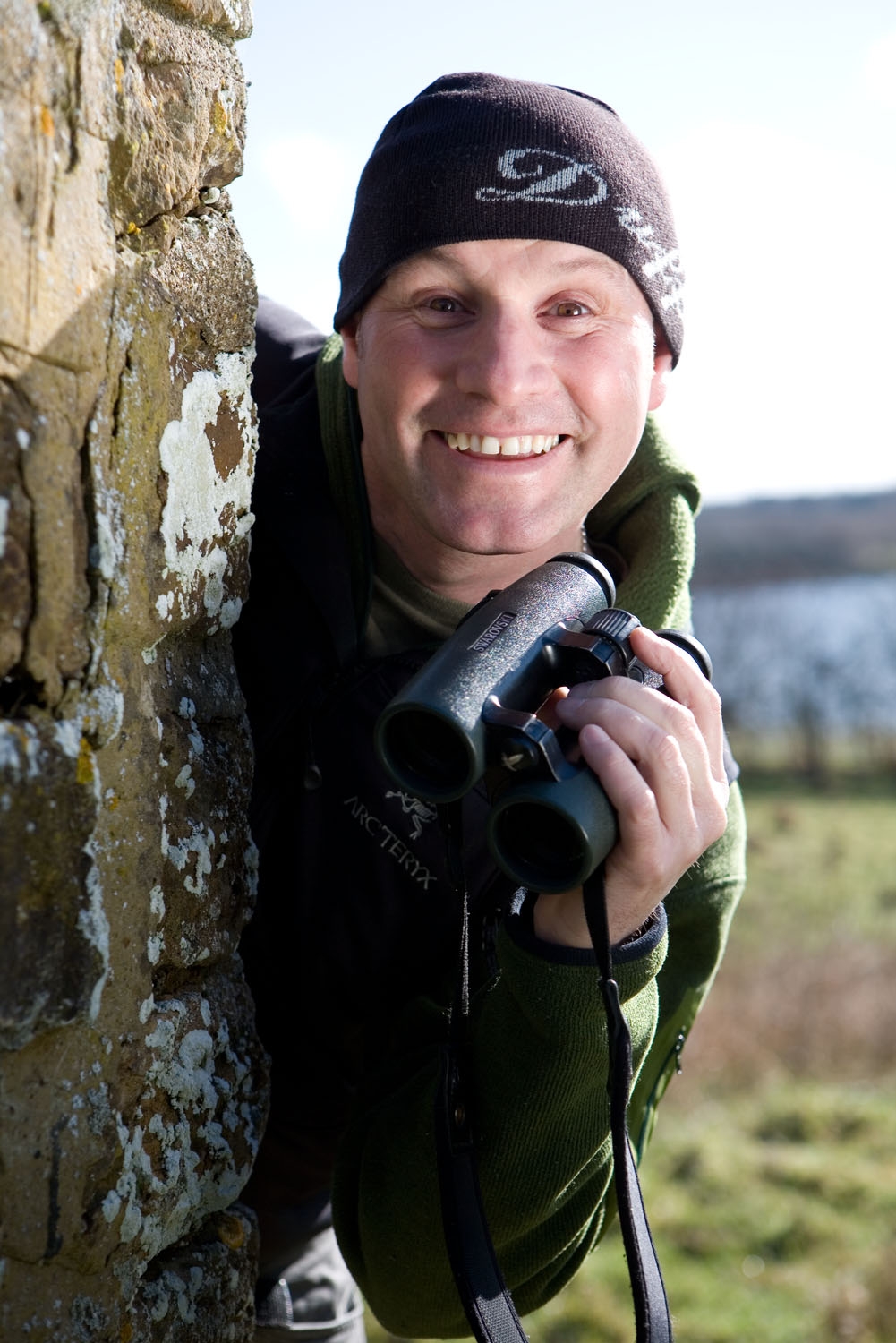The bald eagle’s image has long been celebrated on the USA’s dollar bill. But despite the American plains bison having arguably made a greater contribution to the continent’s history, it has, until recently, only garnered a fraction of the publicity afforded the eagle.
This oversight was belatedly corrected in 2016, when President Barack Obama signed the National Bison Legacy Act, making this charismatic beast the United States’ official ‘national mammal’.
- Bison snot holds the American prairie together. Here's how, according to an ecosystem expert
- Head-butting, drowning and dive-bombing – discover 10 badass animals that aren't afraid to put up a fight
The American bison once dominated North America’s vast grasslands, with as many as 30 million roaming the Great Plains. So numerous was the continent’s largest mammal that the sound of their collective hooves pounding the earth was likened to that of rolling thunder. The bison briefly featured on the $10 banknote during World War I. As the species gradually reclaims its grassland home, perhaps it is time for its position on the note to be rightfully reinstated.
Are bison extinct?
No, bison are not extinct. The bison co-existed on the plains for millennia alongside Native Americans, who relied heavily on the ruminant for food, clothing, shelter and tools. But their dependence on the bison accelerated the species’ demise.
During the aggressive westwards expansion of European settlers in the 19th century, bison became targeted on an industrial scale. Huge swathes of its habitat were also lost as the prairies were converted to farmland. By 1900, only a few hundred individuals were thought to remain. The species was saved from slipping into extinction by the American Bison Society, which promoted the formation of conservation herds.
What are the characteristics of a bison?
Bison are characterised by a hump over their front shoulders and slimmer hind quarters. Both males and females also possess a pair of hollow, sharply pointed horns.
What's the difference between bison and buffalo?
While the bison and buffalo belong to the horned, large Bovidae family, there are key differences between them. Bison have a hump at their shoulders, whereas buffalo don't.
Buffalo have large horns with pronounced arcs, while bison horns are shorter and sharper. Bison also sport beards, while buffalo are beardless. Bison are found in North America and parts of Europe, whereas buffalo are indigenous to South Asia and Africa.
How much do bison weigh?
Mature bulls weigh close to 1,000kg and stand just shy of 2m tall at the shoulder. Females are decidedly lighter and smaller.
What do bison eat?
Bison are ruminants and the seasonal nature of their grass-based diet forces bison to be constantly on the move, meaning they’re both nomadic on a daily basis and migratory throughout the year. However, where they do still exist, their movements have become heavily restricted and regulated.
Do bison have a hierarchy?
Within the herd, bison segregate according to age and sex. Older bulls tend to be more solitary, while the cows, calves and younger bulls live within a dominance hierarchy established early in life. The females become sexually mature at two or three years of age but, as the males need to bulk up, they don’t usually breed until at least six years old.
How do bison mate?
The mating season takes place over the summer, with the non-territorial bulls picking out a single cow at a time. Staying by her side while she is in oestrus, they fend off the attention of other bulls by bellowing and fighting until she has been successfully mated – this behaviour earned the bison a spot on our roundup of the most aggressive animals on Earth.
Why do bison stick their tongues out?
Bison stick their tongues out and pull back their upper lip (called a flehmen response) to sniff out the pheromones of female bison and determine whether they're ready to breed.
What are baby bison called?
Baby bison are called calves. Bison calves are able to stand within 30 minutes of being born and can keep up with the herd after just a few days. At a week old, they are both grazing on grasses and drinking water. They won’t be fully weaned for a year, though, so they have plenty of time, when not suckling from their mother or feeding, to frolic with their fellow youngsters.
When is the bison birthing season?
Despite the extended breeding season, there is a remarkable synchrony as to when calves are born, with more than 80 per cent arriving in either April or May – probably due to food availability. This comparatively small birth window also means the calves are far less likely to be predated by wolves or bears. The young are born with a distinctive orange-tan coloured coat, so they’re easily picked out at this time of year by ardent calf-spotters.
Where can you see bison?
Antelope Island State Park, Utah
This island in the middle of the Great Salt Lake has been home to free-roaming bison since 1983. The herd of around 700 animals is easy to spot.
Grand Canyon National Park, Arizona
Despite the vastness of this park, the bison tend to concentrate on the Kaibab Plateau and near the highway leading to the North Rim.
Yellowstone National Park, Wyoming, Idaho & Montana
This vast national park – which covers an area of 8,900km2 – is probably the best-known location for bison-viewing. It is home to the largest population, with around 5,000 roaming freely.
American Prairie Reserve, Montana
Established in 2004, this non-profit organisation is attempting to connect around 1.2 million ha of private and public land to enable its herd of bison to roam freely.
Wind Cave National Park, South Dakota
An estimated 350 bison roam freely across the park’s prairie, and are easily seen along the park roads or at the forest edge.
Main image: a bison sticking its tongue out/Getty
More American wildlife




